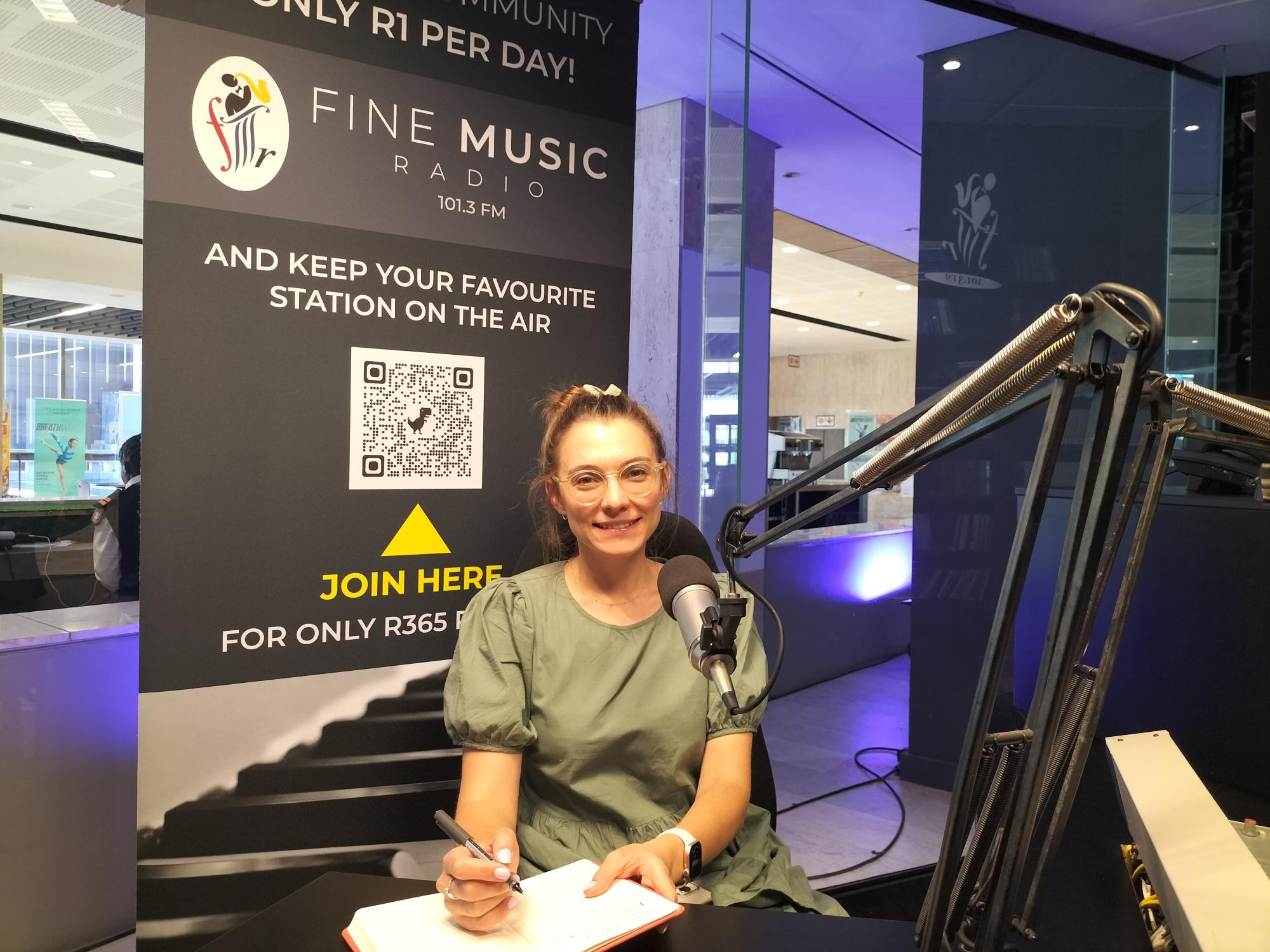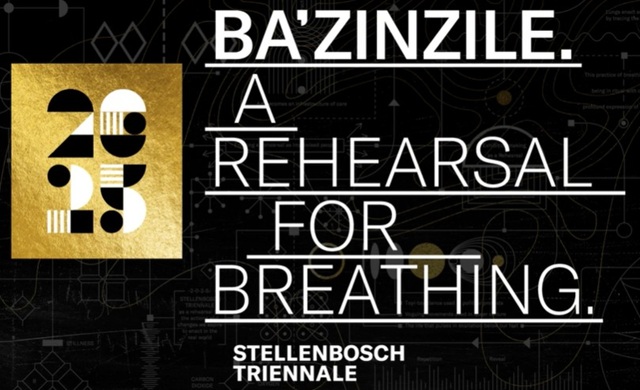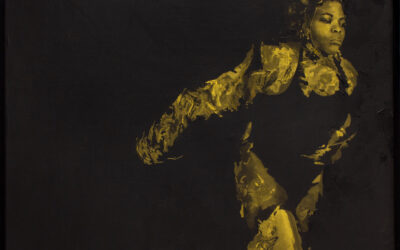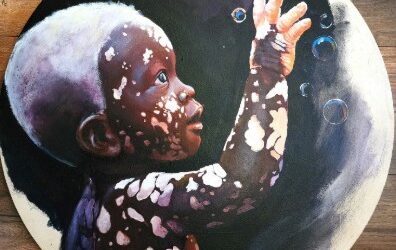This thought-provoking exhibition, on show at the Castle of Good Hope until 12 October, is a collaboration between the CCDI and the Social History Collections Department of Iziko Museums of South Africa. It forms part of the official Cape Town World Design Capital 2014 programme (#461).
Food for thought
What is the relationship between food and design? And why is the Cape Craft & Design Institute presenting, as one of its official World Design Capital projects, an exhibition called Design + Making [the story of food]?
For over a decade the Cape Craft & Design Institute (CCDI) has been immersed in the development and promotion of the Western Cape craft and design sector. While we have always treated craft and design as an integrated sector that represents a continuum of making, our strategic approach to growing the sector has been to focus on building the local market which required us to build appreciation and value for the handmade.
With Cape Town’s recognition as a World Design Capital; the growth and visibility of local craft and designer-makers who are increasingly finding their own signatures and design vocabulary, drawing global attention; and the proliferation of local boutique stores and neighbourhood goods markets selling local products; we could argue: a job well done.
But it is exactly our recognition as a World Design Capital – with the emphasis on ‘design’ – that has the potential to undo our last decade’s work and drive a further wedge between craft and design.
In the age of advanced manufacturing technology and the promise of desktop 3D printers it is easy to forget that mankind has been designing and making since the beginning of time when all we had was our hands and easily accessible materials to mediate our environment for our survival and growth. And how wide-spread this process was – driven as it was by danger, need and survival; fuelled by our imagination, ingenuity and curiosity; and supported by the invention and discovery of new materials and technologies.
So craft and design – or design and making – haven’t always existed in a rariefied environment enabled by mysteriously talented individuals – but is part of all of our DNA.
It is only post-industrialisation with the increased dominance of market-based economies and the growth of consumerism and globalisation – alongside the development of design and the visual arts as academic disciplines – that a value-based dichotomy has developed that separates craft from design.
The distinction made between the two is particularly acute in South Africa and complicated by our history and apartheid. The common perception is that ‘designers’ are professionals with qualifications and real skill; and ‘crafters’, allegedly, are not. Historical inequities in access to education and opportunities means that the former are usually white; and the latter usually black. The persistence of such inequalities means that these distinctions continue to be easily made and reproduced – unless we actively work against them and don’t again sink into stereotypes.
Our position as a World Design Capital provides us with an opportunity to engage with these issues critically.
Craft and design are both processes that result in products. There is design in craft and craft in design. Design is not absent from the process of making things by hand. The difference – where there is one – lies in the selection of materials and methods, which may be influenced by a variety of factors such as access, affordability, technological advancement and technical ability.
In developing an exhibition as part of the WDC programme we wanted to interrogates these issues and surface the actual congruencies in ‘craft’ and ‘design’. The subject of food, as our most basic need, and, after water, essential for our survival, provided us with an area of focus through which we can weave an easily digestible narrative which we can all relate to.
The story of food has multiple dimensions: from field-to-table involves the production, making, preserving, storage and transport of food and the cultural rituals of serving, eating and mealtimes; with marketing, packaging, and waste an added convenience and complication of modern life.
It is also an object-based narrative which meant we could draw on the rich store of Iziko’s Social History Collections that shows the complex contribution of manufacturing advances over the last 200 years juxtaposed with the creativity of contemporary designer-makers.
Delving into the story of food is also a story of technological developments, the discovery of new materials, ways of making, and social change.
But it also shows how, in an increasingly complex environment where inequalities are increasing across the globe, designers now need, in their design activity, to embrace values which consider our fragile environment, scarce resources, social cohesion, the phenomena of over-consumption and under-consumption. After a relatively brief reign as style creators and image-makers, designers are being called on again to be responsive to risk and challenge and be change-makers.
And so the exhibition also provides a platform for us to segue into a new strategic focus for the Institute and opportunities for the sector.
Having proved our value and viability as an ‘industry’ offering much to the creative and cultural fabric of our province, we are now in a position to use the skills and competencies within the sector to impact beyond our creative cluster.In 2012 the CCDI was commissioned by the provincial government to drive a process of developing a Design Strategy for the Western Cape.
Since formally adopted by provincial authorities, the Design Strategy is focused on stimulating the use of design as a cross-cutting skill and process to unlock innovation, competitive advantage and stimulate economic growth across other sectors of the economy.
Tasked with driving the implementation of the strategy, the CCDI along with a wide-range of stakeholders and role-players, is ready to embrace the challenge for the next decade: Tapping into and nurturing our design-and-making-DNA to stimulate and provoke the inventions and innovations we need to deal with the myriad challenges and opportunities that we face in building our new nation.
ERICA ELK: EXECUTIVE DIRECTOR: CCDI
Engraved ostrich egg shell used as water container by indigenous people (from Iziko Museums of South Africa Social History Collections), PET bottle, and stainless steel ice-bucket with ostrich egg-shell inlay by Avoova. Photograph: Carina Beyers, Iziko Museums of South Africa.
WHEN: until 12 October 2014
WHERE: Iziko Good Hope Gallery, Castle of Good Hope, Buitenkant Street, Cape Town. Gates open 09h00 daily (last entry 15h30 – close at 16h00)
COST: Entrance to the Castle: Adults R30, pensioners (SA card holders only) R15, children/students (5-16 years) R15, booked school groups R5.

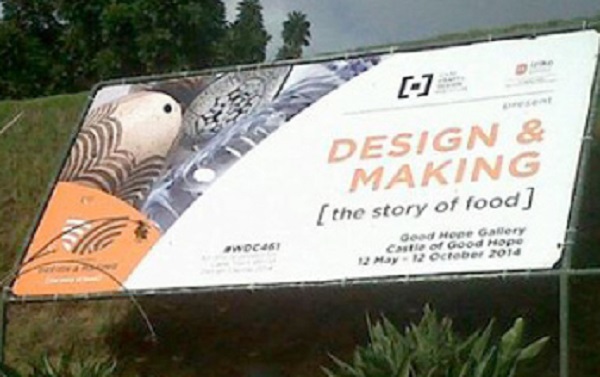
![Some of the members of the creative team behind Design & Making [the story of food]](http://mapmyway.co.za/wp-content/uploads/2014/06/Design+MakingWDC-300x155.jpg)

